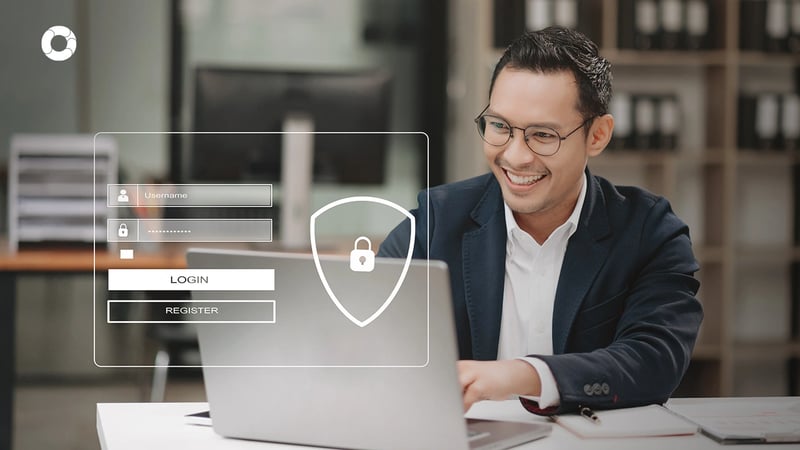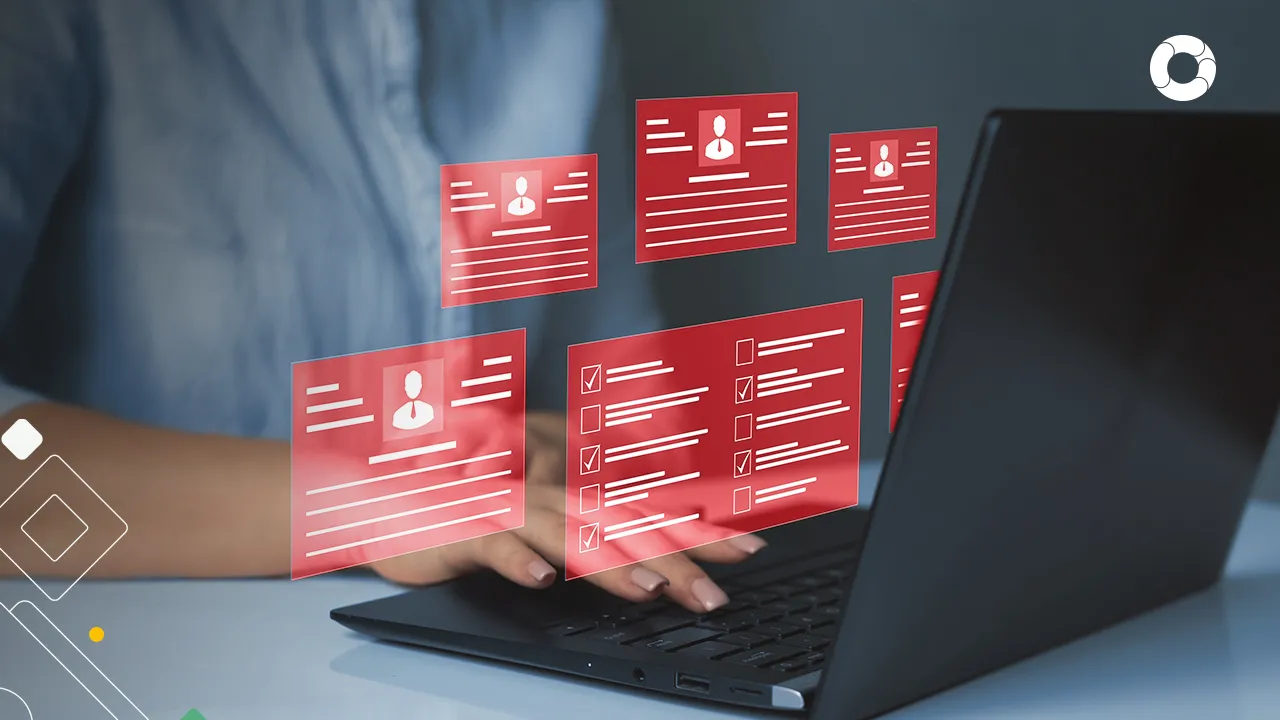Vulnerabilities affecting information security

In the realm of information security and cybersecurity, a vulnerability represents a weakness or flaw in a computer system that can be exploited by malicious actors, such as cyber criminals. These vulnerabilities put the confidentiality, integrity, and availability of critical data at risk, which can have serious consequences for any organization.
In this article, we will explore the most common vulnerabilities found in information systems, and why it is essential to monitor and address these risks regularly. By identifying and managing these vulnerabilities, you can prevent cyberattacks that could compromise your company’s operational capabilities, financial stability, reputation, and even its survival. Additionally, we will offer practical recommendations to help you fortify your cybersecurity measures and reduce the likelihood of threats exploiting system weaknesses.
Types of Information Security and Cybersecurity Vulnerabilities
Vulnerabilities in information security can be broadly categorized into several types, including hardware, software, network, and human factors. These issues often arise from poor system design, misconfiguration, or a lack of adequate procedures. The ISO 27001 standard, which focuses on information security management systems, outlines several vulnerabilities that, if unaddressed, can leave your organization exposed to cyber threats.
Here’s a list of some of the most common vulnerabilities that companies must pay attention to:
- Lack of security controls or weak security measures
- Outdated systems and applications
- Complicated user interfaces that lead to human error
- Default passwords that have not been changed
- Improper disposal of storage media without prior data sanitization
- Equipment sensitivity to voltage fluctuations
- Inadequate network cable security
- Poor system capacity management
- Ineffective change management processes
- Poor information classification protocols
- Inadequate or inconsistent data backups
- Weak password management and protection
- Lack of physical security for sensitive areas
- Insufficient employee training and awareness of information security
- Poor segregation of operational and test environments
- Insufficient software testing procedures
- Lack of access control policies, including for remote access
- Uncontrolled handling of input and output data
- Incomplete or missing internal documentation
- Poor implementation of internal audits
- Failure to revoke access rights after employment termination
- Inadequate backup strategies, such as having only one copy of critical information
- Absence of systems for identification and authentication
- Poor selection and management of test data
- Uncontrolled duplication of sensitive data
- Uncontrolled software downloads and installations from the internet
- Unprotected connections to public networks
- Undocumented software and hardware assets
- Lack of employee motivation and commitment toward cybersecurity best practices
These vulnerabilities are not exhaustive but represent common weaknesses that cybercriminals can exploit. For example, an open Wi-Fi network or an unprotected firewall port can serve as entry points for attackers seeking to steal or manipulate sensitive data. By understanding and addressing these vulnerabilities, organizations can implement effective cybersecurity measures and significantly reduce the risk of attacks.

Recommendations for Managing Vulnerabilities
As we have highlighted, the information systems of all organizations are vulnerable to some extent. The key to preventing these vulnerabilities from being exploited is to identify them early and take proactive steps to correct them as soon as possible so that a threat does not occur that puts both reputation and business continuity at risk. Here are some practical recommendations to help your organization manage vulnerabilities and strengthen your information security and cybersecurity posture.
Recommendations to consider:
1. Regularly Update Systems and Applications
Ensure that all systems, applications, and software are regularly updated to the latest versions. Many cyberattacks are successful because organizations fail to apply critical patches that fix known vulnerabilities. By keeping your systems up to date, you can prevent many common forms of attacks, such as those targeting outdated software.
2. Continuously Review and Adjust Security Controls
Security controls need to be regularly reviewed to ensure they are functioning effectively. If any security measure is found to be weak or ineffective, it should be promptly adjusted or replaced. Regular assessments of your security framework will help you stay ahead of evolving threats and maintain a robust defense.
3. Implement Ethical Hacking Practices
Ethical hacking, or penetration testing, involves simulating cyberattacks on your systems, networks, and applications to identify potential vulnerabilities before malicious hackers can exploit them. This proactive approach enables your organization to detect weaknesses and fix them before they become a security threat.
4. Establish a Strong Password Policy
Weak passwords are one of the most common vulnerabilities exploited by cybercriminals. Implement a strong password policy that requires employees to create complex passwords and change them regularly. Multi-factor authentication (MFA) should also be enforced to add an additional layer of security.
5. Conduct Internal and External Security Audits
Perform regular internal and external audits to evaluate the effectiveness of your information security measures. These audits will help you identify areas that need improvement and give you insights into potential vulnerabilities you may have overlooked. Audits also ensure compliance with relevant cybersecurity standards and regulations.
6. Train Employees on Cybersecurity Best Practices
Human error is one of the leading causes of security breaches. Employees should be regularly trained on the best practices for handling information securely, recognizing phishing attacks, and responding to suspicious activities. A well-informed workforce is essential for maintaining strong cybersecurity.
7. Monitor and Control Access to Sensitive Information
Establish clear access control policies to ensure that only authorized individuals have access to sensitive information. This includes enforcing strict policies for remote access and regularly reviewing who has access to critical data and systems. If an employee leaves the organization, their access should be revoked immediately to prevent unauthorized entry.
8. Perform Data Backups Regularly
Data backups are critical in protecting your organization from data loss due to cyberattacks, hardware failures, or natural disasters. Implement a backup strategy that includes regular and redundant copies of all critical data, stored in secure locations. Test your backup system periodically to ensure data can be recovered when needed.
9. Conduct Ethical Hacking and Vulnerability Scans
Incorporate regular vulnerability scans and penetration testing into your cybersecurity routine. These tests help uncover hidden vulnerabilities in your systems that could be exploited by attackers. Addressing vulnerabilities early minimizes the risk of future attacks.
10. Invest in a Comprehensive Cybersecurity Tool
To streamline the management of vulnerabilities and strengthen your organization’s information security, it is recommended to use cybersecurity management tools. For instance, Pirani offers a comprehensive platform to help organizations identify risks, manage information assets, and implement effective controls. Pirani’s Information Security module empowers companies to monitor their security systems in real time, allowing them to stay ahead of cyber threats and protect their most valuable data.
Strengthening Information Security Through Proactive Measures
Cybersecurity and information security are critical to protecting an organization's data, assets, and reputation. By understanding the vulnerabilities that can arise within information systems and taking proactive measures to manage them, businesses can significantly reduce the risk of cyberattacks.
It is essential for companies to stay vigilant and continuously review their security controls, update systems, and invest in employee training to minimize the risks posed by vulnerabilities. Implementing a robust information security framework, coupled with regular security audits and ethical hacking, will provide your organization with the necessary defenses to withstand cyber threats.
By leveraging technology and tools like Pirani’s cybersecurity platform, businesses can manage vulnerabilities more effectively, safeguard sensitive information, and ensure business continuity in the face of evolving cybersecurity challenges. Start today by creating a free account with Pirani and take your information security strategy to the next level.
You May Also Like
These Related Stories

How many controls does ISO 27001 have?

ISO 27032, the standard focused on cybersecurity

What is market risk?

Top U.S. Money Laundering Cases and Avoiding AML Risks

NIST Risk Management Framework: Cybersecurity Practices




No Comments Yet
Let us know what you think